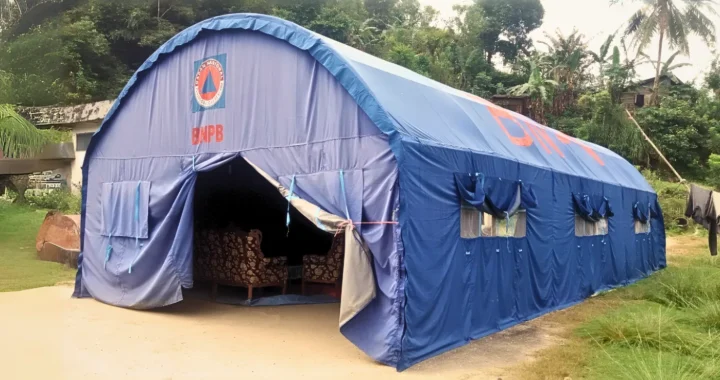What Makes a Healthy Planet?

Photo: NASA.
Awareness to take care of our Earth is on the rise. As issues and crises pile up, people start to realize the need for a healthy planet. What aspects are involved in it?
- Biodiversity & Ecosystems
When talking about Earth, most people would immediately think of animals and the environment. From wildlife to rainforests to coral reefs, the restoration, conservation, and protection of our biodiversity and ecosystems are critical for a healthy planet.
This aspect deals with the continued well-being of animals, plants, and other species and their habitats. It includes domestic animals like dogs, wild animals like tigers and elephants, bodies of water like oceans and rivers, landscapes like mountains and deserts, and many others.
Efforts and progress for our biodiversity and ecosystems have been made across the globe, such as for underwater kelp forests in Australia, tigers in Nepal, whale migrations, steppe in Kazakhstan, and orangutans in Indonesia.
-
Humanity
As inhabitants of Earth, humans are an important aspect of a healthy planet. The human population is massive and widespread, giving us power and responsibility. For centuries, many human activities have been harming the planet due to their exploitative and wasteful nature. These have led to climate change, global warming, pollution, and a myriad of other issues.
A healthy planet must be home to a healthy society. ‘Healing’ the Earth is incomplete without ensuring everyone can live well in safety and prosperity. Therefore, addressing inequalities in society is crucial. This aspect involves issues such as ending poverty & hunger, providing quality education & healthcare for all, etc.
Humans have autonomy, so it’s well within our rights and responsibility to change things for the better. We have a long way to go, but there’s progress. Some of them are about workplace anti-discrimination laws in Singapore, inclusive education in ASEAN countries, and women’s healthcare.
- Sustainable Living
People and the environment are always connected. Humans use and take from nature to survive – to eat and make shelter, among other things. So, it’s essential to make sure the way humans live doesn’t harm our environment. Having a healthy planet means keeping the connection between humans and nature healthy and sustainable.
This aspect requires systemic transitions from exploitative practices of human activities to more sustainable ones. It includes topics such as sustainable agriculture, sustainable consumption & production, sustainable transport, sustainable cities & human settlements, sustainable supply chain, and even sustainable tourism.
Examples of sustainable living issues include net-zero buildings, food loss/waste reduction, clean energy, sustainable fashion, etc.

Subscribe to Green Network Asia
Strengthen your personal and professional development with cross-sectoral insights on sustainability-related issues and sustainable development across the Asia Pacific and beyond.

Nazalea Kusuma
Naz is the Manager for International Digital Publications at Green Network Asia. She once studied Urban and Regional Planning and has lived in multiple cities across Southeast Asia. This personal experience has exposed her to diverse peoples & cultures and enriched her perspectives. Naz is an experienced and passionate writer, editor, translator, and creative designer with a decade worth of portfolio.


 How Plant the Emirates Aims to Support Food Self-Sufficiency in the UAE
How Plant the Emirates Aims to Support Food Self-Sufficiency in the UAE  GRI’s Updated Sustainability Standards on Climate Change and Energy
GRI’s Updated Sustainability Standards on Climate Change and Energy  Looking into Biochar as a Bioremediation Agent
Looking into Biochar as a Bioremediation Agent  Australian Climate Visa for Citizens of Tuvalu: Showcasing cross-border partnership in light of the climate crisis
Australian Climate Visa for Citizens of Tuvalu: Showcasing cross-border partnership in light of the climate crisis  Nickel Mining in Raja Ampat and the Widespread Cost of Natural Resource Exploitation
Nickel Mining in Raja Ampat and the Widespread Cost of Natural Resource Exploitation  Lumbung Sosial: Challenges and Opportunities of Indonesia’s Social Barn Program
Lumbung Sosial: Challenges and Opportunities of Indonesia’s Social Barn Program